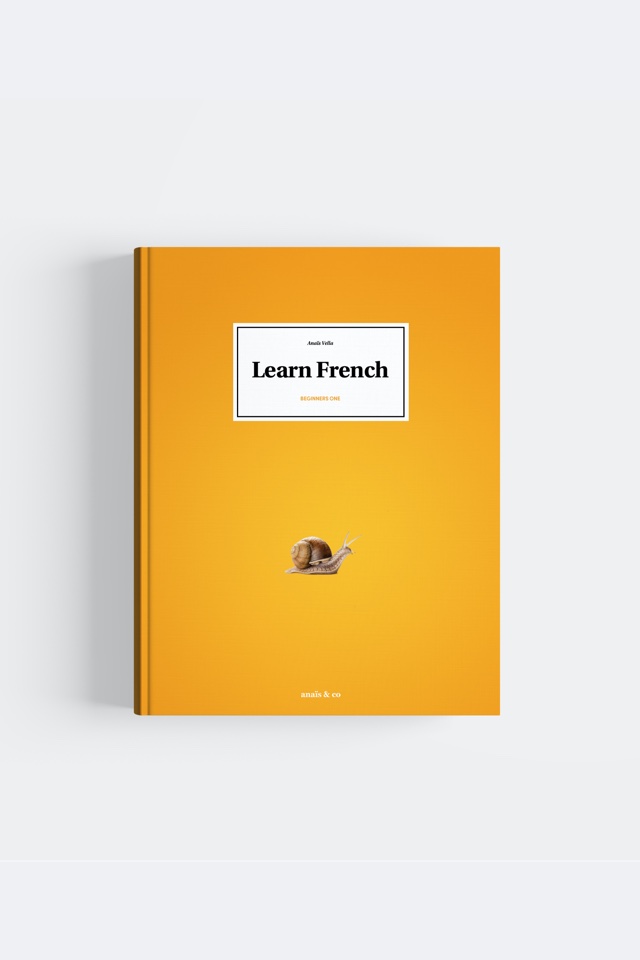

| French | English |
|---|---|
| Un chat | A cat |
| Un cheval | A horse |
| Un chien | A dog |
| Un cochon d'Inde | A guinea pig |
| Un furet | A ferret |
| Un hamster | A hamster |
| Un lapin | A rabbit |
| Un lézard | A lizard |
| Un oiseau | A bird |
| Un perroquet | A parrot |
| Un poisson | A fish |
| Un rat | A rat |
| Un serpent | A snake |
| Une araignée | A spider |
| Une grenouille | A frog |
| Une souris | A mouse |
| Une tortue | A turtle/a tortoise |
Some animals have a feminine version some don’t, but it doesn’t mean the opposite gender does not exist in the nature, it simply does not exist in the French language. In the list seen, only 4 animals have a feminine and a masculine version. The feminine of “un chat” is “une chatte,” the feminine of “un chien” is “une chienne,” the feminine of “un lapin” is “une lapine” and the feminine of “un cheval” is “une jument.” The others can’t be turned into the opposite gender.
Use a “n” link for “un oiseau,” and “une araignée.” When using these words in the plural, use a “z” link with “les” or “des”.
For “un hamster” as the “h” is aspirated, no link is needed in the singular or plural forms.

More in the books
Werther you are learning by yourself, with Anais and Co or if you are a FLE teacher find this lesson and many more in a beautiful book.
Be notified when we upload a new video.